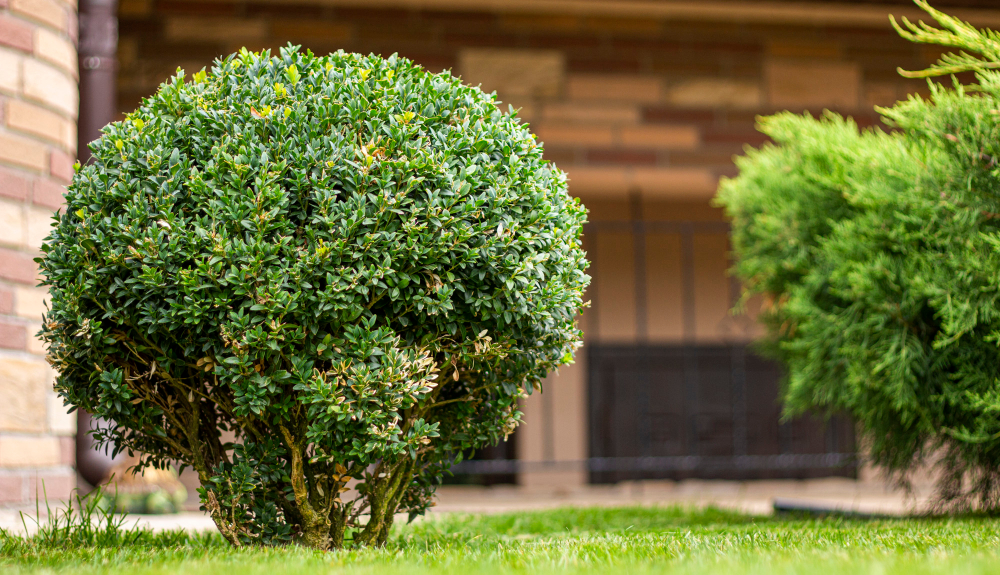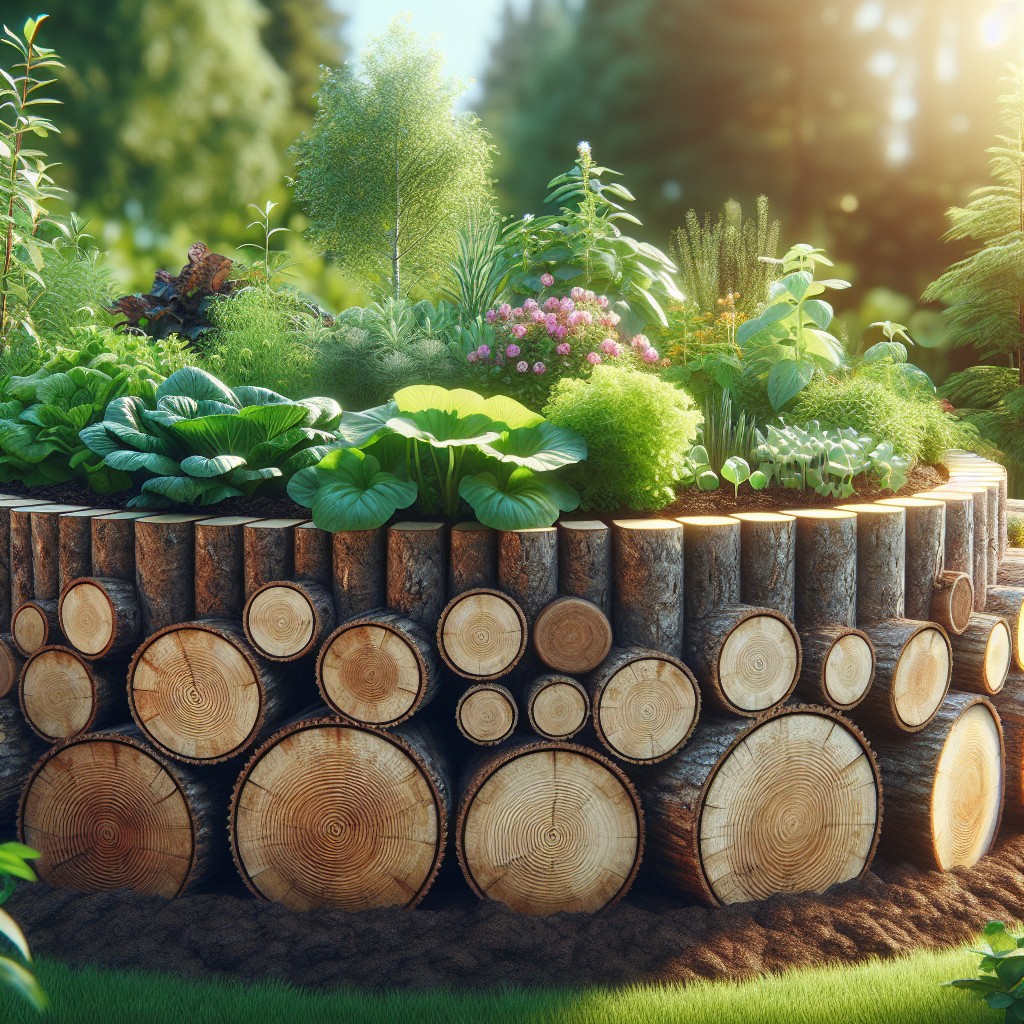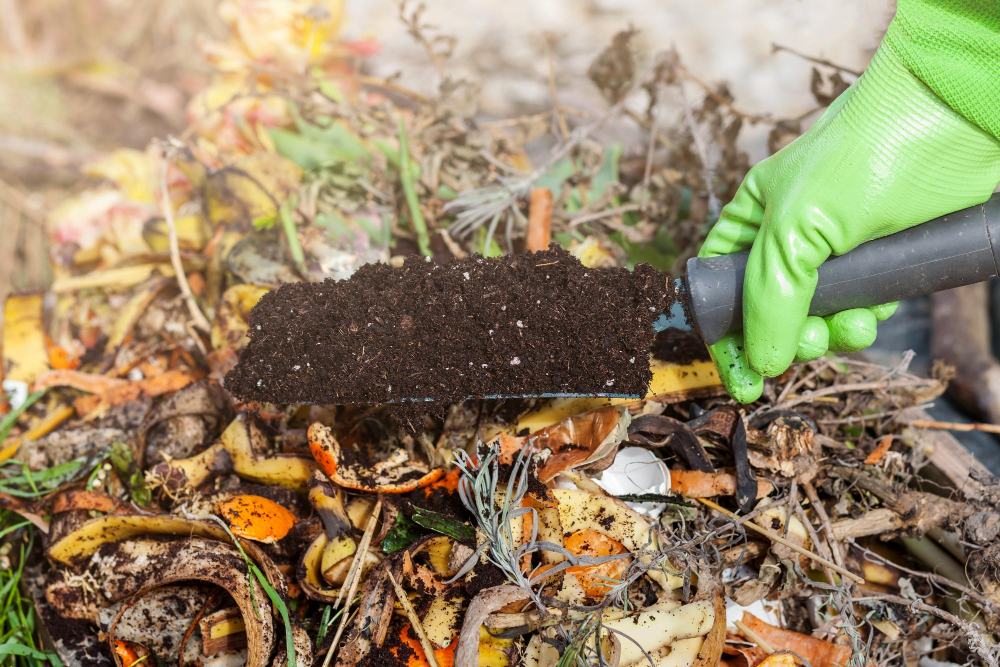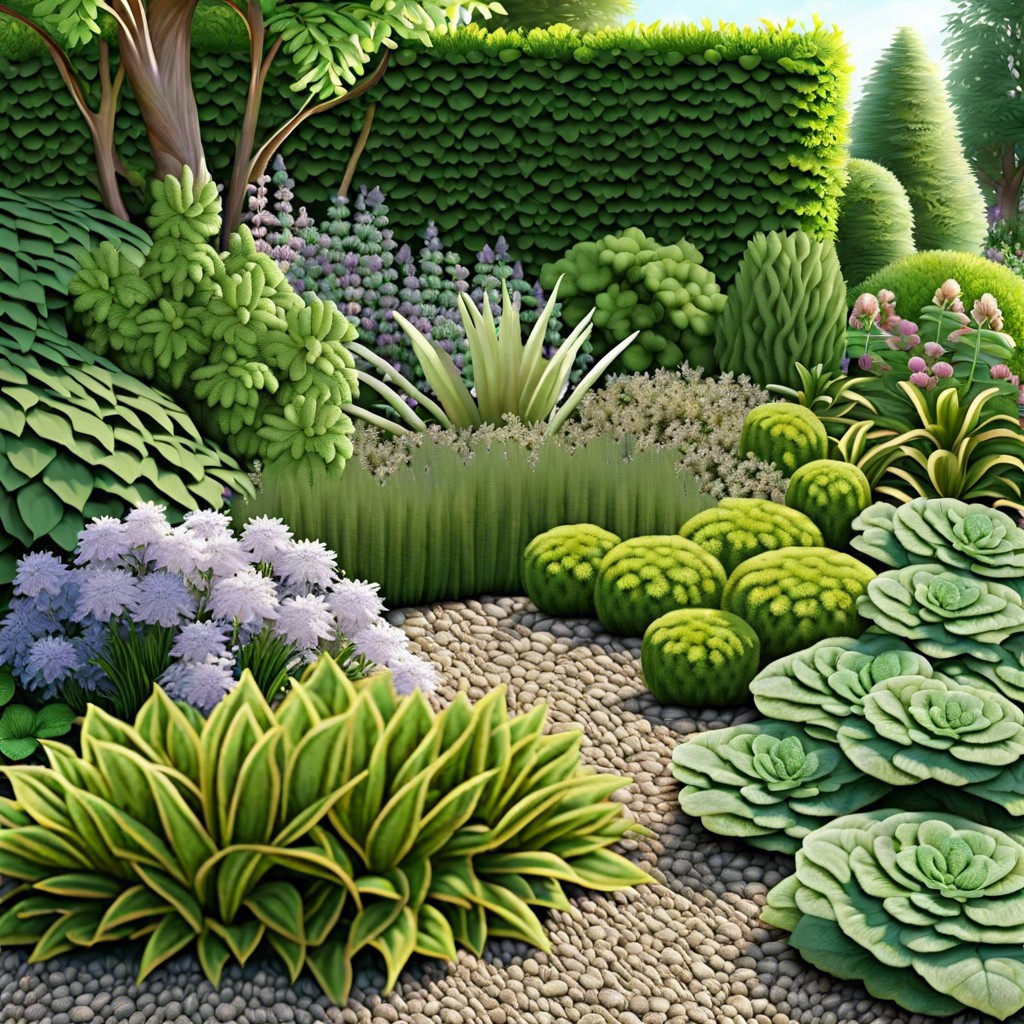Last updated on
Discover a world of captivating alternatives to the iconic burning bush, perfect for creating eye-catching landscapes and vibrant gardens.
Have you been searching for the perfect centerpiece for your living room or a unique addition to your outdoor space? Look no further than the burning bush alternative! This versatile decor piece adds a touch of warmth and natural beauty to any room or garden. And the best part? You don’t have to break the bank to achieve this look.
In this article, we’ll explore some creative options for creating your own burning bush alternative without spending a fortune. Get ready to transform your space with these budget-friendly decor ideas!
Alternatives for Burning Bush (Euonymus Alatus)
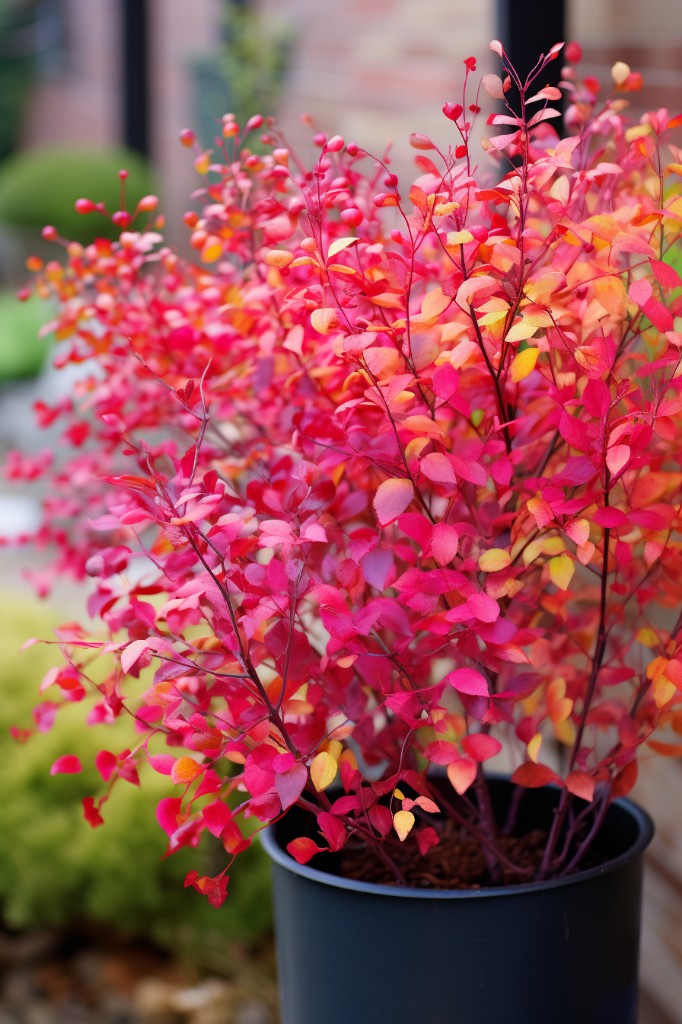
If you’re looking for a stunning alternative to the burning bush, there are plenty of options available. One popular choice is the Dwarf Bush Honeysuckle (Diervilla lonicera).
This deciduous shrub boasts bright yellow flowers in early summer and attractive red foliage in autumn. It’s also low-maintenance and can tolerate a variety of soil types.
Another great option is Mount Airy Fothergilla (Fothergilla gardenii ‘Mount Airy’). This compact shrub produces fragrant white flowers in spring, followed by blue-green leaves that turn shades of orange, red, and purple come fall.
It prefers moist soil but can adapt to drier conditions once established.
For those who prefer something with more texture, Fragrant Sumac (Rhus aromatica) may be just what you need. Its dense branches produce glossy green leaves that turn fiery shades of orange-red during autumn months while its twigs have an aromatic scent when crushed or rubbed.
Dwarf Bush Honeysuckle
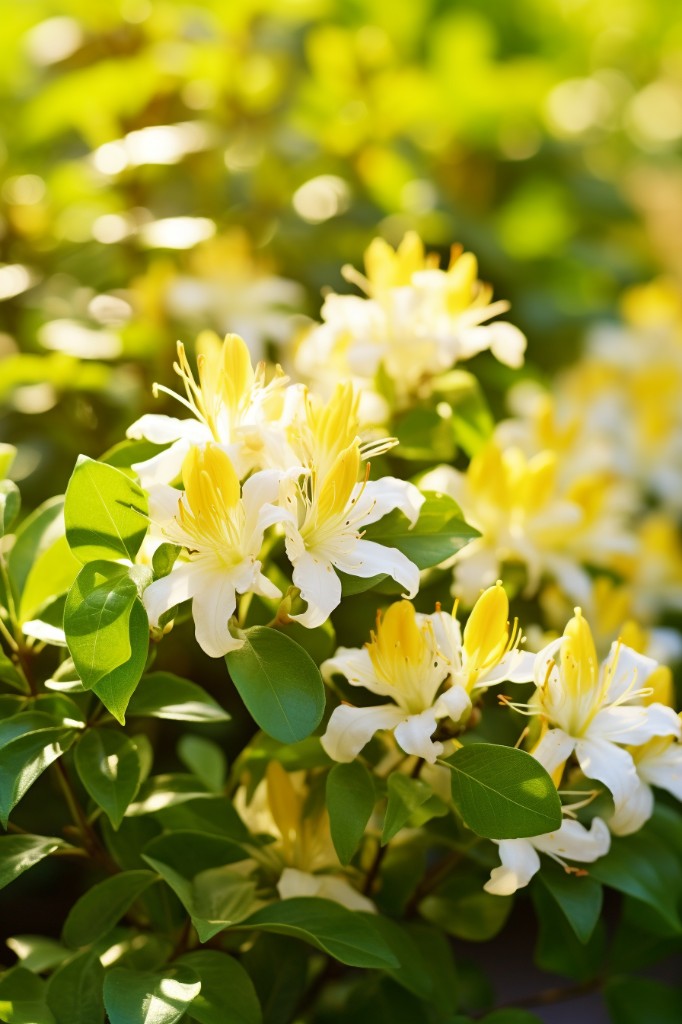
This hardy shrub is native to North America and boasts bright yellow flowers that bloom in early summer. The foliage turns a beautiful reddish-purple color in autumn, making it an excellent choice for fall landscapes.
Dwarf bush honeysuckles are easy to care for and can thrive in both full sun or partial shade. They prefer well-drained soil but can tolerate some moisture as well.
These shrubs grow up to three feet tall and wide, making them perfect for small gardens or as borders along walkways.
In addition to their aesthetic appeal, dwarf bush honeysuckles also attract pollinators such as bees and butterflies with their sweet nectar-rich flowers. So not only will you be adding beauty to your garden with this alternative plant option but also helping out our buzzing friends!
Mount Airy Fothergilla
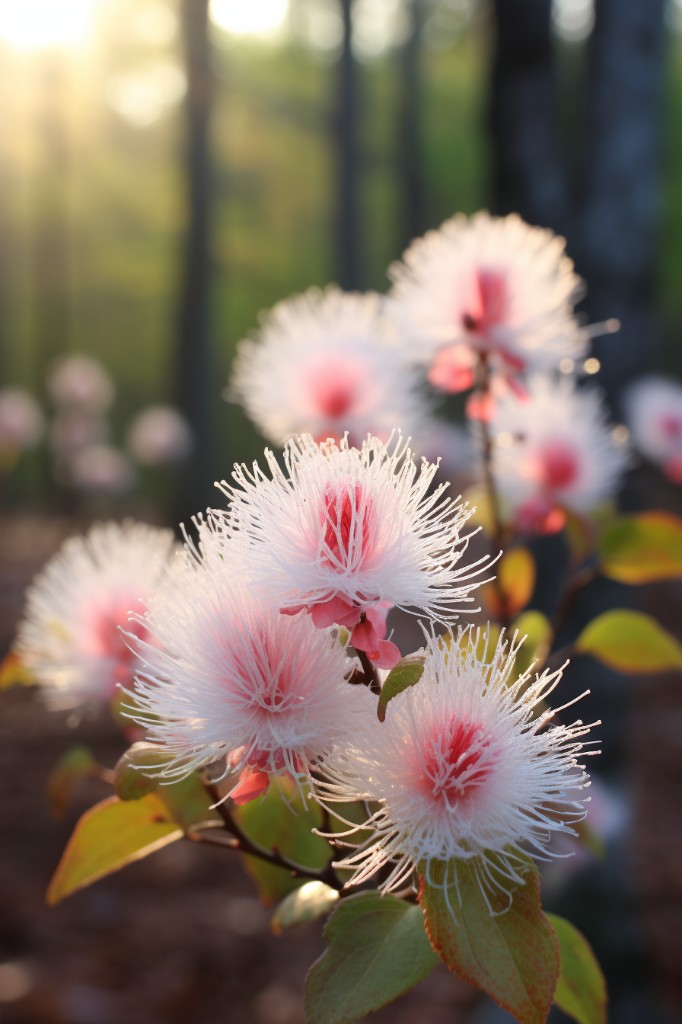
This deciduous shrub produces fragrant, white bottlebrush-like flowers in spring and boasts vibrant foliage in fall. The leaves of Mount Airy Fothergilla turn from blue-green to shades of yellow, orange, and red as the weather cools down.
This low-maintenance plant thrives in full sun or partial shade with well-draining soil. It can grow up to 6 feet tall but can be pruned for size control if needed.
Mount Airy Fothergilla is also deer-resistant, making it an excellent choice for gardens located near wooded areas.
Incorporating this beautiful shrub into your landscape design will not only provide visual interest but also attract pollinators such as bees and butterflies. Plus, its hardiness makes it suitable for planting zones 5-8.
Fragrant Sumac
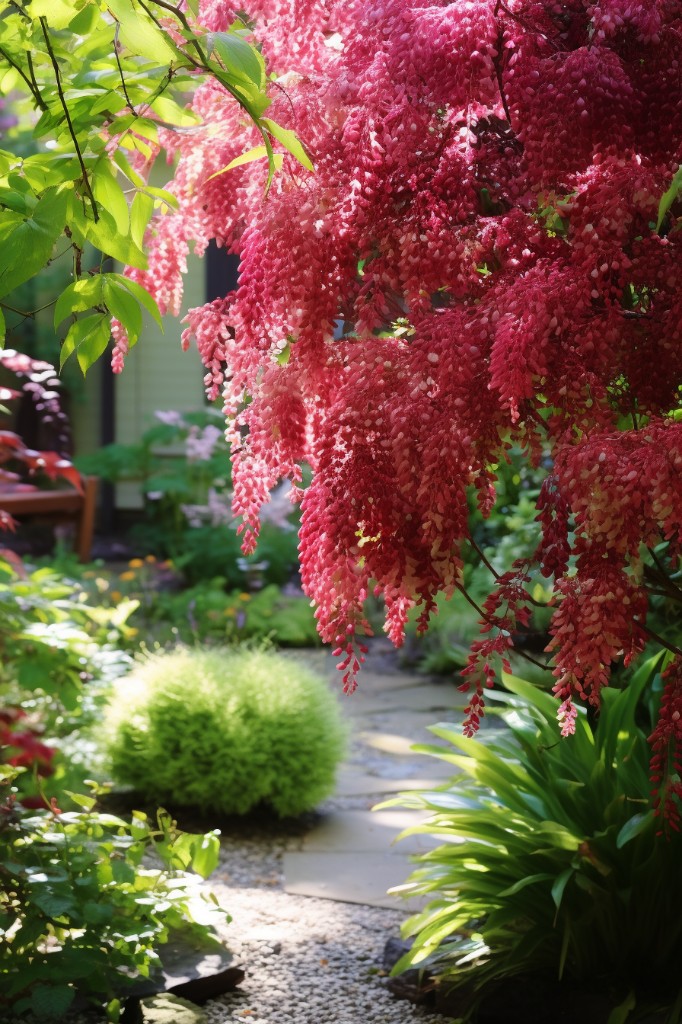
This deciduous shrub produces fragrant yellow flowers in early spring, followed by red berries in the fall. Its leaves turn a beautiful shade of orange-red during autumn, making it an excellent choice for adding color and texture to your garden.
One of the best things about Fragrant Sumac is its adaptability – it can thrive in almost any soil type or lighting condition. It’s also drought-tolerant once established, which means you won’t have to worry about watering it frequently.
If you’re looking for a way to add some variety and interest to your landscape without breaking the bank, consider planting Fragrant Sumac as an alternative option instead of burning bushes.
Koreanspice Viburnum
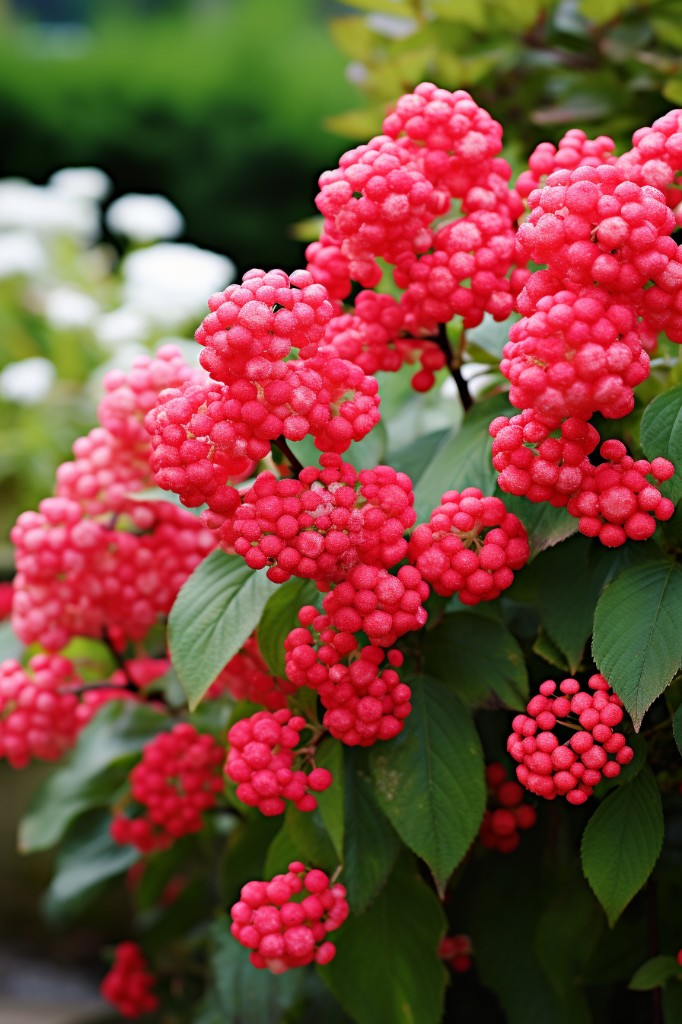
This deciduous shrub produces clusters of pinkish-white flowers in early spring, followed by red berries that attract birds and other wildlife. The leaves turn shades of yellow, orange, and red in the fall before dropping for winter.
Not only is Koreanspice Viburnum visually appealing, but it also has a delightful scent reminiscent of cloves or spice cake. Planting this shrub near windows or outdoor seating areas allows you to enjoy its aroma throughout your home or yard.
This low-maintenance plant prefers well-drained soil with full sun exposure but can tolerate some shade as well. It grows up to 6 feet tall and wide at maturity, making it an excellent choice for borders or hedges.
Incorporating Koreanspice Viburnum into your landscape design provides an affordable way to add beauty and fragrance without sacrificing quality.
Ninebark
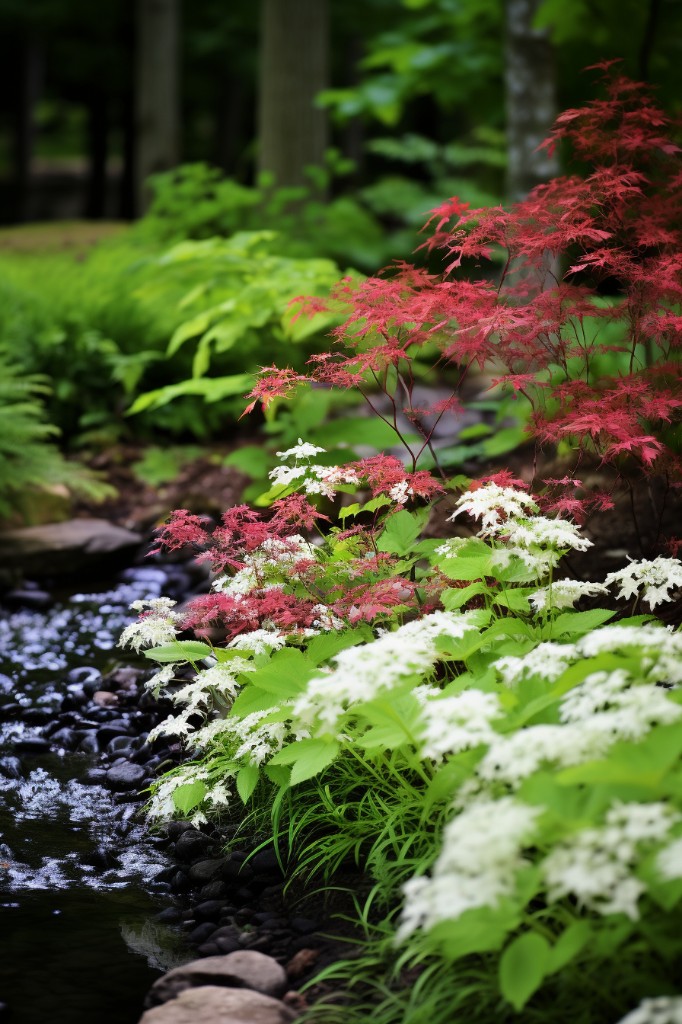
This plant gets its name from its peeling bark, which reveals layers of different colors underneath. Ninebark comes in various shades, including burgundy and golden yellow, making it a versatile choice for any garden or landscape.
One of the benefits of using ninebark instead of burning bush is that it requires less maintenance. It’s drought-tolerant and can thrive in almost any soil type, making it an excellent option for those who want to create beautiful landscapes without spending too much time on upkeep.
Another advantage is that ninebarks are deer-resistant plants; they have tough leaves with rough textures which make them unpalatable to deer and other animals looking for food sources in your garden.
Oak Leaf Hydrangea
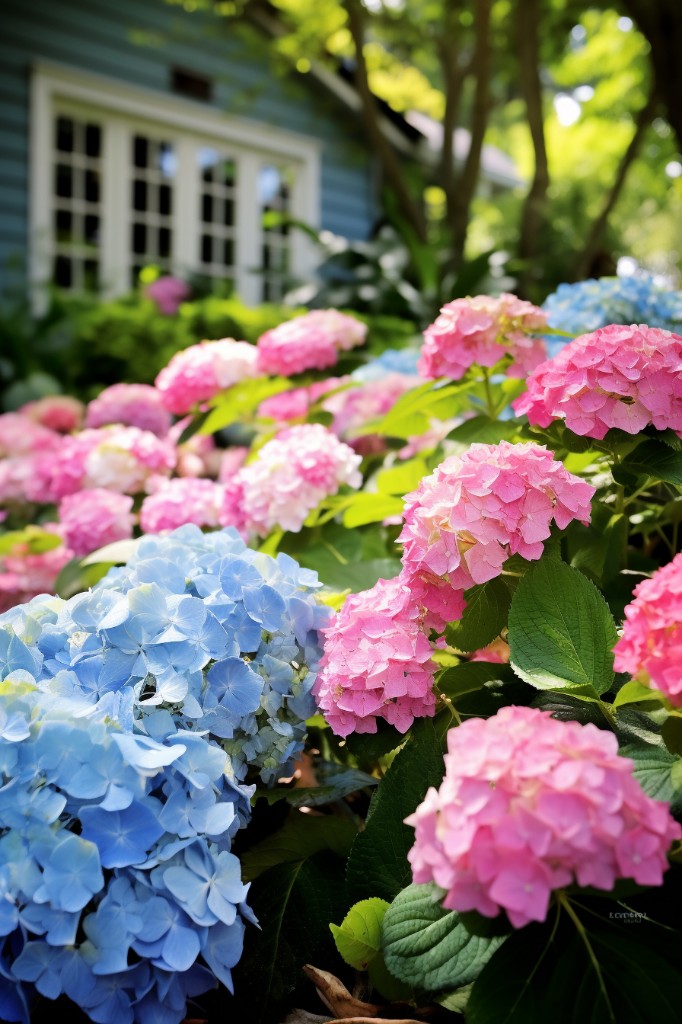
This deciduous shrub boasts large, cone-shaped flower clusters that bloom in early summer and gradually turn pinkish-brown as they age. The leaves are equally impressive, with their distinctive oak-like shape and deep green coloration that turns shades of red, orange, or purple in the fall.
One of the best things about Oak Leaf Hydrangea is its versatility – it can thrive in both sun or shade conditions. It prefers well-drained soil but can tolerate some moisture as long as it’s not waterlogged.
To care for your Oak Leaf Hydrangea properly, make sure you prune it after flowering to encourage new growth for next year’s blooms. You should also fertilize once per year with an all-purpose fertilizer during springtime.
Red Chokeberry
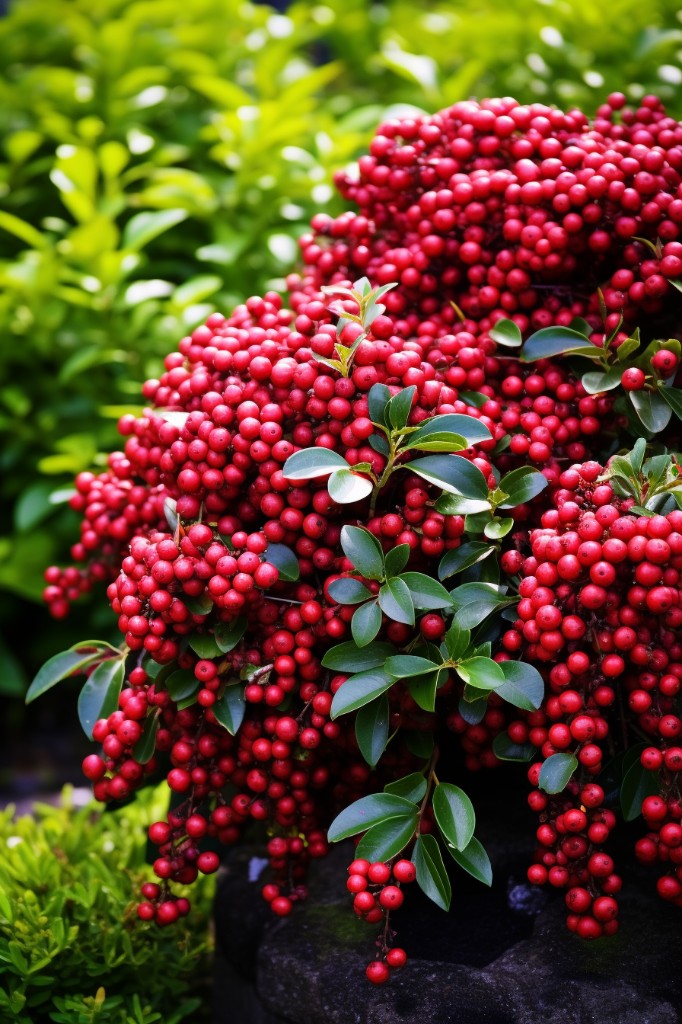
This deciduous shrub produces clusters of white flowers in spring, followed by bright red berries in fall that persist throughout winter. The glossy green leaves turn shades of yellow, orange, and red before dropping for the season.
Not only does Red Chokeberry provide visual interest year-round, but it also attracts birds with its nutritious fruit. It’s easy to care for and can thrive in a variety of soil types as long as they are well-drained.
If you’re looking for an affordable way to add some natural beauty to your outdoor space without sacrificing style or quality, consider incorporating Red Chokeberry into your landscape design.
Serviceberry
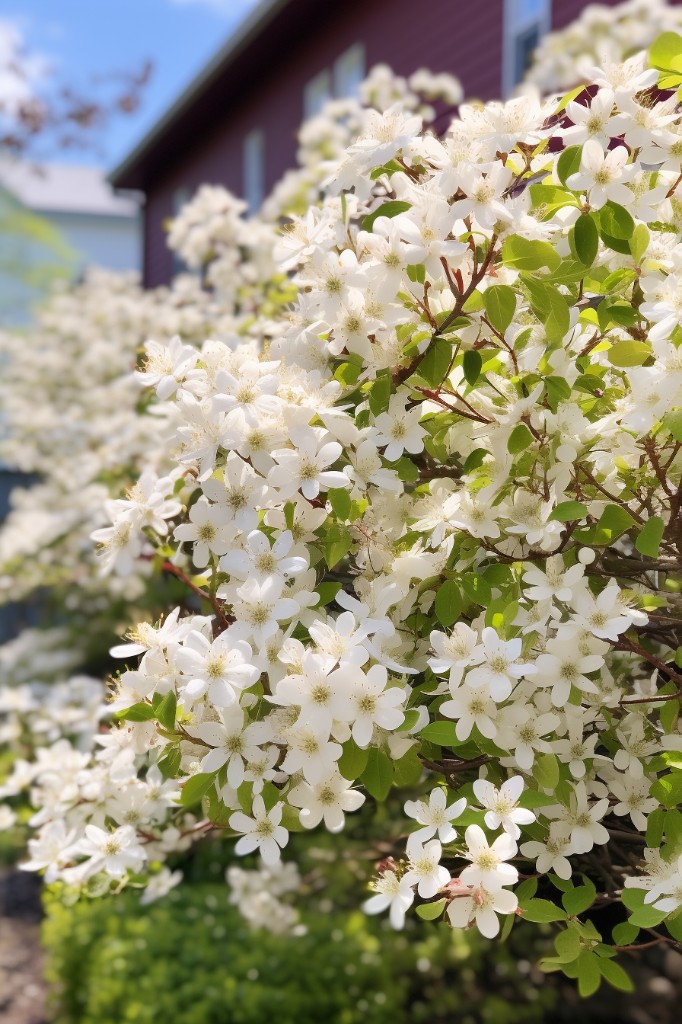
This deciduous shrub boasts delicate white flowers in the spring and colorful foliage in the fall. The berries produced by this plant are edible and can be used for jams or pies.
Serviceberry grows well in full sun to partial shade and prefers moist soil conditions.
One of the best things about serviceberry is its versatility – it can be grown as a small tree or large shrub depending on your preference. It’s perfect for adding height to your garden while still maintaining an airy feel.
In terms of maintenance, serviceberries require minimal pruning but benefit from regular watering during dry spells. They’re also relatively pest-resistant which makes them an excellent choice for low-maintenance gardens.
Winterberry

This deciduous shrub boasts vibrant red berries that persist throughout winter and add a pop of color to any landscape. Winterberry thrives in moist soil and full sun or partial shade, making it an excellent addition to wetland gardens or rain gardens.
One of the best things about winterberry is its low maintenance requirements. It’s relatively disease-resistant and doesn’t require pruning unless you want to shape it for aesthetic purposes.
If you’re looking for ways to incorporate this beautiful plant into your decor without breaking the bank, consider using cuttings from your own garden! Simply snip off some branches with berries during late fall or early winter when they are at their peak coloration. Arrange them in vases around your home for an instant burst of seasonal cheer.
Winterthur Viburnum
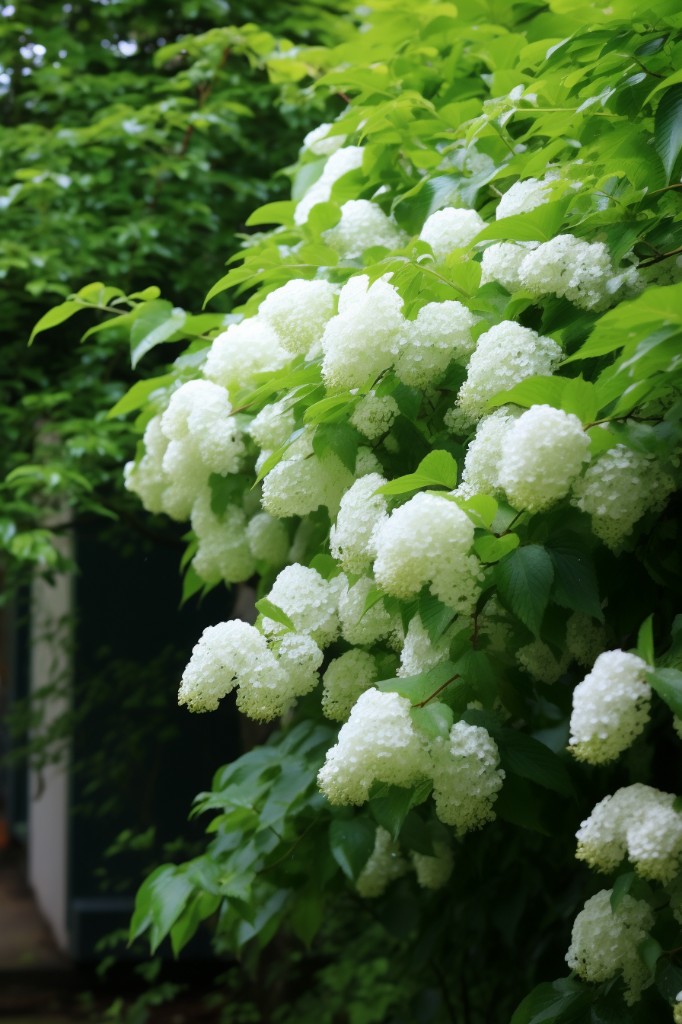
This deciduous shrub produces clusters of white flowers in the spring, followed by bright red berries in the fall. The leaves turn shades of burgundy and purple as autumn approaches, creating an eye-catching display.
Not only is Winterthur Viburnum beautiful, but it’s also low maintenance and easy to care for. It thrives in full sun or partial shade and prefers well-drained soil with consistent moisture levels.
If you’re looking for a way to incorporate more color into your garden without breaking the bank, consider adding Winterthur Viburnum as an alternative to burning bush.
Fire-Resistant Garden Plants
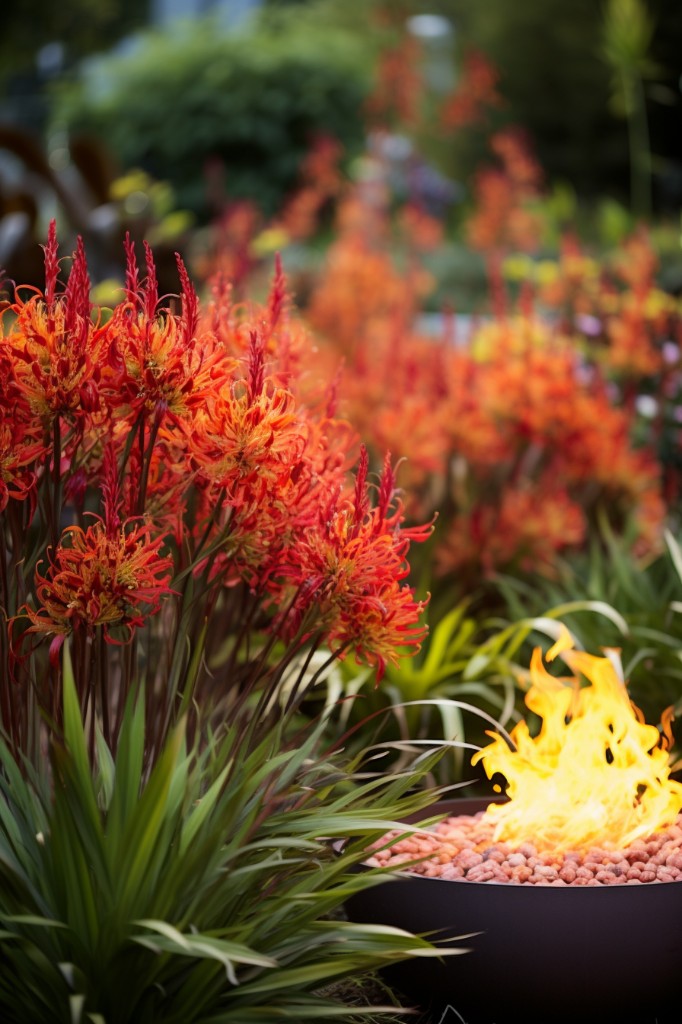
Fire-resistant plants are an excellent choice for those living in areas prone to wildfires or simply looking for low-maintenance options that can withstand high temperatures and drought conditions.
Some of the best fire-resistant garden plants include succulents like agave and yucca, as well as ornamental grasses such as blue fescue and feather reed grass. Other great options include lavender, Russian sage, salvia, and coreopsis.
Not only do these plants add visual interest to your landscape design while being able to resist fires but they also require minimal watering once established. This makes them perfect choices for busy homeowners who want their gardens looking lush all year round without having to spend too much time maintaining them.
Artificial Fire Effects

These can be achieved through various methods such as LED flame lights, fiber optic plants, holographic projections or solar-powered illumination.
LED flame lights are an excellent option for those who want the look of flickering flames without the risk of real fire. They come in a variety of shapes and sizes, from small tea light candles to large outdoor torches.
Fiber optic plants are another great alternative that creates an illusionary effect by using tiny fibers that glow like embers when lit up. This is perfect for adding subtle lighting accents around your garden or patio area.
Holographic projections create realistic-looking flames on any surface with special projectors designed specifically for this purpose. This technology is often used in theme parks but has become increasingly popular among homeowners looking to add some drama to their decor.
Solar-powered illumination uses energy from the sun during the day which charges batteries powering LED bulbs at night creating beautiful glowing effects throughout your garden or home exterior areas without increasing electricity bills!
LED Flame Lights

These lights mimic the look of flickering flames, creating an inviting and cozy atmosphere in any space. They come in various shapes and sizes, from small tea lights to large lanterns that can be hung or placed on tables.
One of the benefits of LED flame lights is their safety compared to real fire. You don’t have to worry about starting a fire or dealing with smoke inhalation when using these artificial flames.
Another advantage is their energy efficiency – they consume less power than traditional lighting options while still providing ample illumination for your space.
LED flame lights are also versatile; you can use them indoors or outdoors, making them perfect for adding ambiance during parties, weddings, holidays like Halloween and Christmas celebrations as well as everyday decor purposes.
Fiber Optic Plants
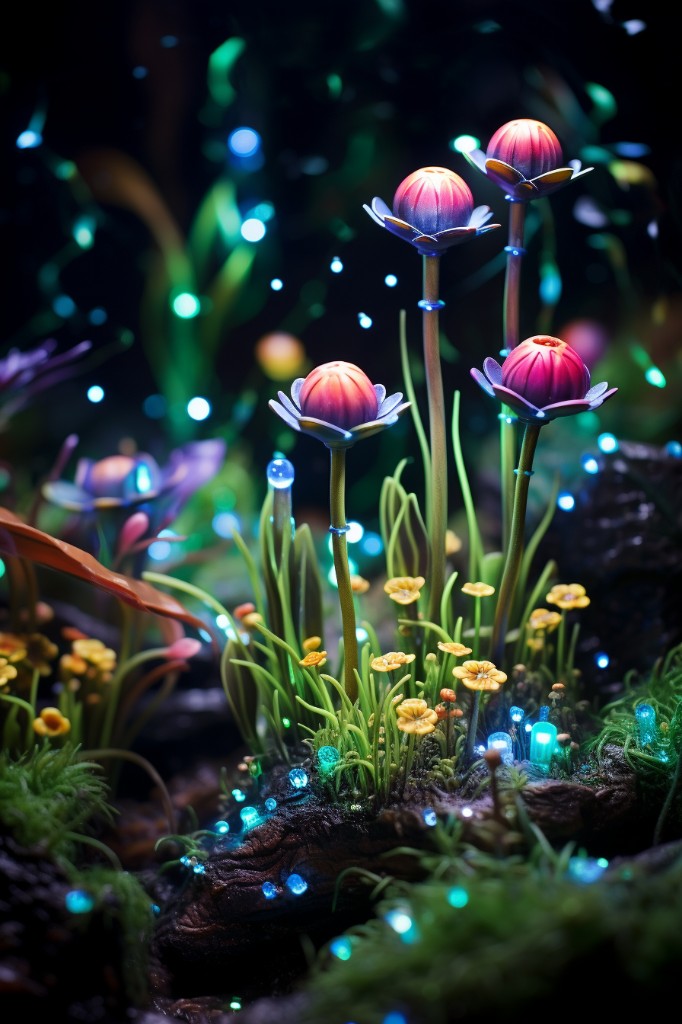
These plants feature tiny fiber optic strands that light up in different colors, creating an enchanting effect that is sure to impress. They come in various shapes and sizes, from small potted plants for indoor use to larger outdoor installations.
One of the best things about fiber optic plants is their low maintenance requirements. Unlike traditional burning bushes or other live plant alternatives, these artificial options don’t require watering or pruning – making them perfect for those who want beautiful decor without the hassle.
Another advantage of using fiber optic plants as an alternative is their versatility when it comes to placement. You can place them anywhere you like – on tables, shelves, walls or even hang them from trees outdoors! They’re also great for adding ambiance during special events such as weddings and parties.
Holographic Projections
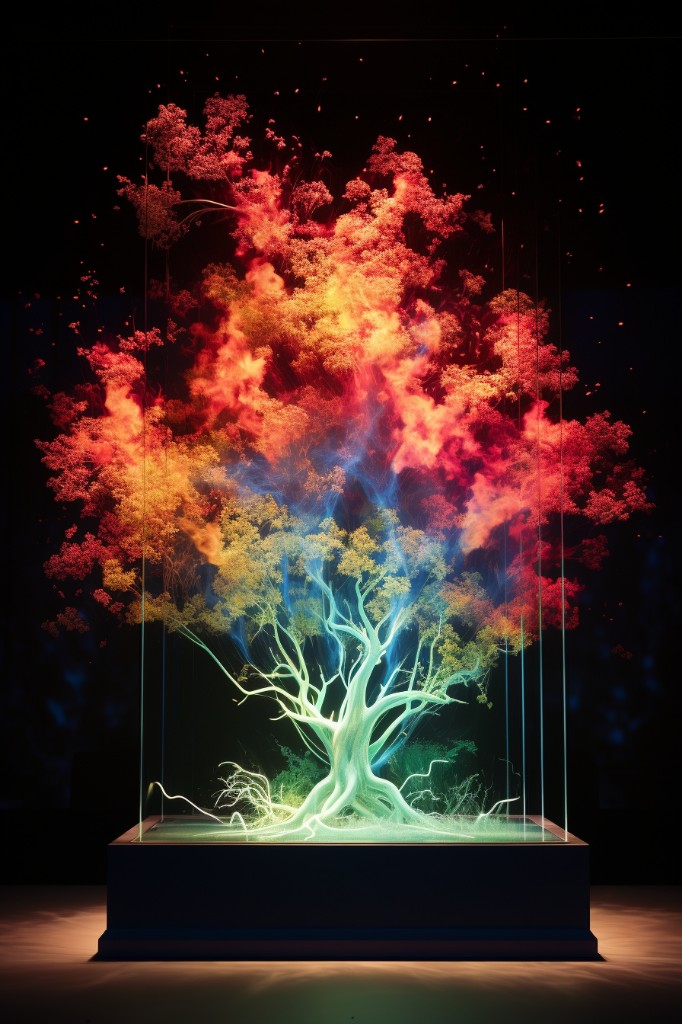
These projections use advanced technology to project realistic images of flames onto walls, ceilings, or other surfaces. They can be used both indoors and outdoors, making them a versatile option for creating stunning decor in any space.
One advantage of using holographic projections is that they are completely safe and do not pose any risk of fire hazards. This makes them an ideal choice for those who want the look of burning bushes but cannot have real ones due to safety concerns.
Another benefit is that holographic projections can be customized according to your preferences. You can choose from different flame colors, sizes, shapes or even add sound effects like crackling wood or gentle breezes blowing through leaves.
Solar-Powered Illumination

These lights are powered by the sun, which means they don’t require any electricity or wiring. They’re also easy to install and come in a variety of styles, from string lights to lanterns.
One popular option for solar-powered lighting is flame-effect torches. These torches mimic the look of real flames using LED technology, creating a warm glow that’s perfect for summer evenings spent outside with friends and family.
Another option is solar-powered fairy lights. These delicate strings of light can be wrapped around trees or draped over bushes, adding an enchanting touch to any garden or patio area.
When choosing solar-powered lighting options for your burning bush alternative garden design project, it’s important to consider factors such as brightness levels and battery life.
Decorative Lanterns
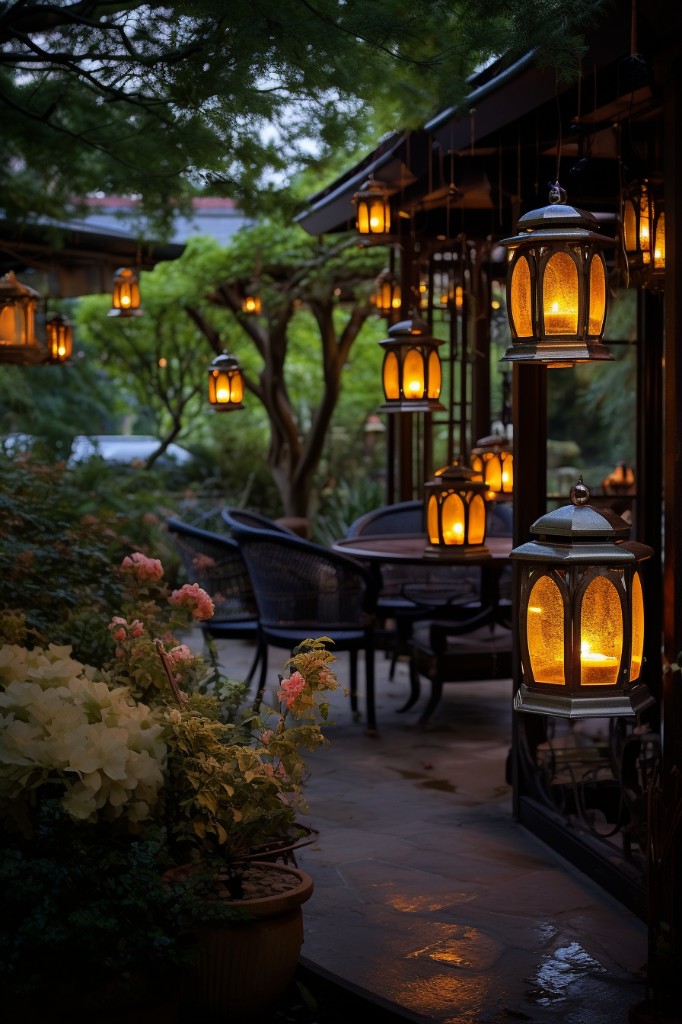
They come in various shapes, sizes, and designs that can complement any decor style. Whether you’re looking for something rustic or modern, there’s a decorative lantern out there for you.
One of the best things about decorative lanterns is their versatility. You can hang them from trees or hooks on your porch, place them on tables as centerpieces or even use them as pathway lighting by lining up several along the walkway.
Another advantage of using decorative lanterns is that they are often battery-operated which means no need for electrical wiring! This makes it easy to move around and change up your decor without worrying about finding an outlet nearby.
When choosing a decorative lantern consider its size relative to where it will be placed; larger ones work well in open spaces while smaller ones fit better on tabletops. Also think about what type of light source would work best – LED candles provide safe illumination while solar-powered options offer eco-friendly energy savings!
Outdoor Water Features
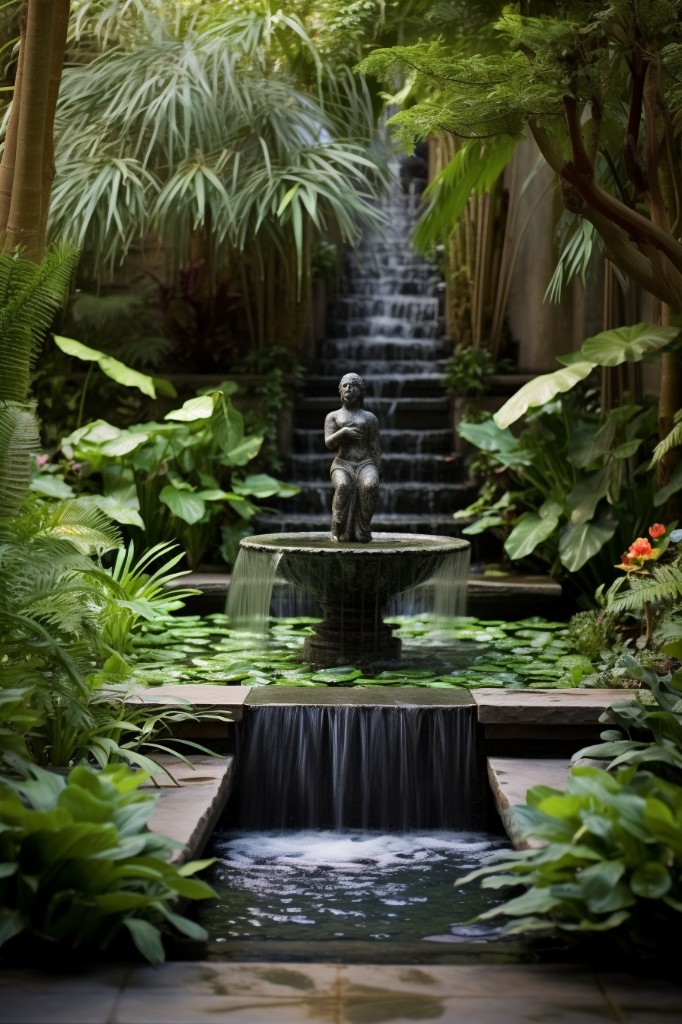
The sound of running water can help drown out unwanted noise, while the visual appeal of sparkling water adds an element of tranquility to any space. There are many different types of outdoor water features available, from small fountains to large ponds with cascading falls.
If you’re on a budget, consider purchasing pre-made fountains or creating your own using inexpensive materials like rocks and pebbles.
One popular option for those looking for affordable yet stunning outdoor decor is the solar-powered fountain. These eco-friendly fountains use energy from the sun to power their pumps and create beautiful displays without adding extra costs to your electricity bill.
Another cost-effective option is incorporating rain barrels into your landscape design as part of an overall sustainable approach that helps conserve natural resources while providing aesthetic value.
Illusionary Garden Art
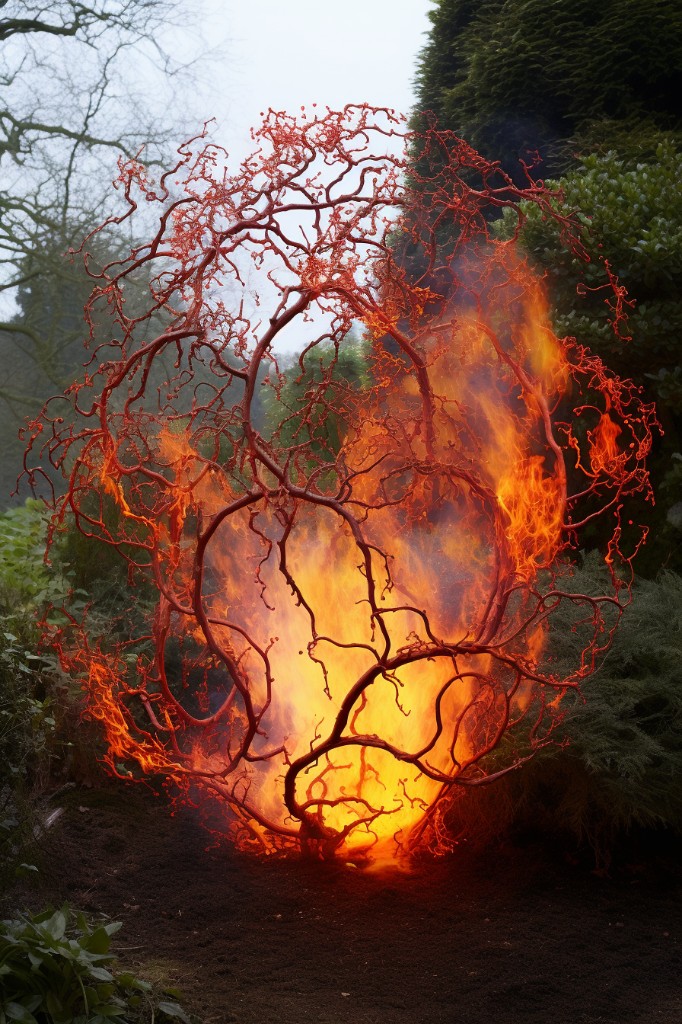
These pieces are designed to create the illusion of movement or depth, adding an element of surprise and intrigue to any outdoor space.
One popular option is the use of mirrors strategically placed throughout your garden. This creates the impression that there is more space than there actually is and can make even small gardens feel much larger.
Another idea is using sculptures that appear as if they are floating in mid-air or emerging from a pond. These types of pieces can be made from various materials such as metal, glass or stone and come in many different shapes and sizes.
Consider installing optical illusions like mazes or labyrinths which will challenge visitors’ perception while providing them with hours of entertainment.
Incorporating these elements into your garden design will not only provide aesthetic appeal but also stimulate conversation among guests who visit it!
FAQ
Is there a non invasive burning bush?
Yes, there is a non-invasive burning bush plant called (E. alatus) ‘Compactus’ which is derived from a popular dwarf variety.
Why can’t you buy a burning bush anymore?
You can’t buy a burning bush anymore because it is now classified as an invasive species, making it unavailable for purchase.
How invasive is burning bush?
Burning bush is a Tier 2 invasive plant that competes with native vegetation and forms dense thickets in forests, fields, and coastal habitats.
What is the difference between a dwarf burning bush and a burning bush?
The difference between a dwarf burning bush and a burning bush is that the dwarf variety grows 8-10 feet tall, while the straight species grows 15-20 feet tall.
What are some eco-friendly alternatives to the traditional burning bush for landscaping purposes?
Some eco-friendly alternatives to the traditional burning bush for landscaping purposes include native shrubs, drought-tolerant plants, and perennial flowers that provide similar visual appeal while requiring less water and maintenance.
How can one effectively manage the growth and spread of burning bush plants in their garden?
To effectively manage the growth and spread of burning bush plants in a garden, one should regularly prune and remove any unwanted new growth, maintain some distance between plants and other vegetation, and monitor for signs of aggressive spread.
Are there any specific regions where planting burning bush is recommended or discouraged due to local ecosystems?
Burning bush planting is discouraged in certain regions, such as the Northeastern United States, due to its invasive nature and harm to local ecosystems.
Recap
Liked this article? Here's what you can read next:
